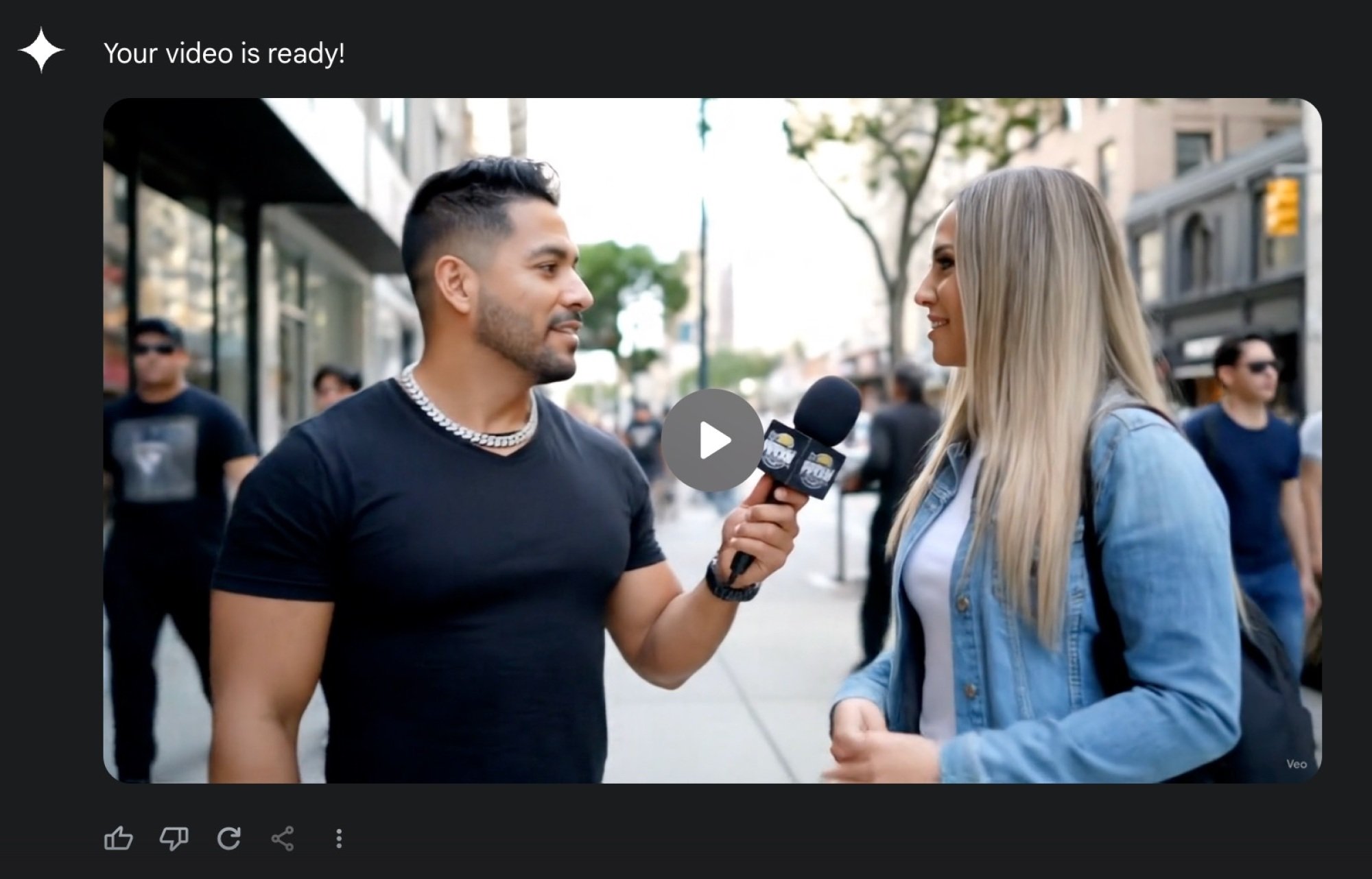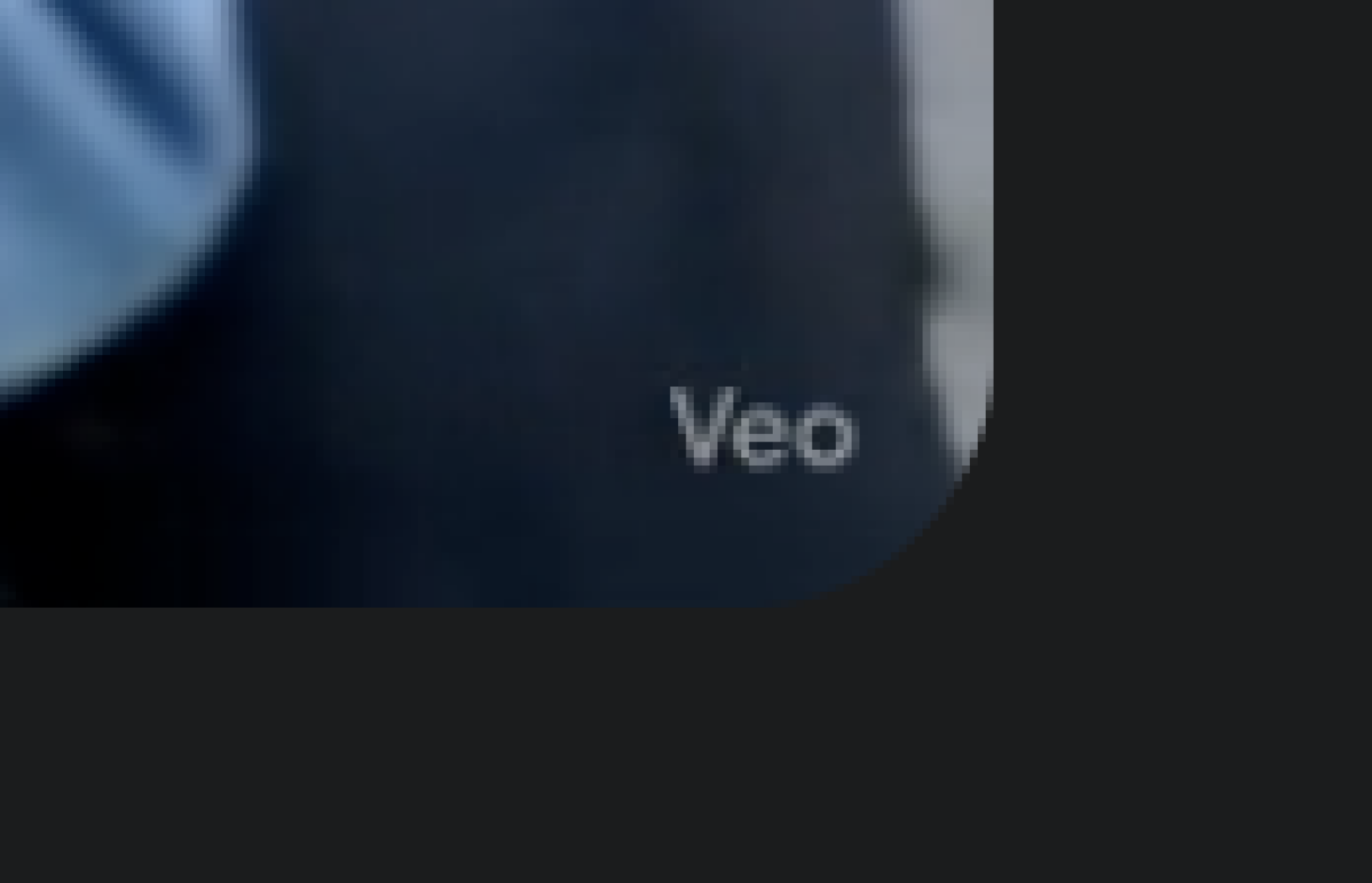

Google Unveils Visible Watermark for AI-Generated Videos: A Bold Step Towards Accountability
Introduction to Veo 3’s New Features
Last week, Google made waves in the tech world by announcing a significant update to its AI video generation model, Veo 3. This update includes a visible watermark specifically designed for videos created using this innovative platform. If you’re a frequent social media user, you might have already caught a glimpse of this watermark in action.
Spotting the Watermark: A Challenge for Users
While scrolling through your feeds, you may need to pay close attention to notice the watermark. Google has already showcased this feature in promotional videos launched across the UK and other countries.

Credit: Screenshot: Google
Official Announcement by Google
The announcement was made through an X thread by Josh Woodward, Vice President at Google Labs and Google Gemini. He detailed that this visible watermark would be implemented across all Veo videos, with the exception of those generated in Google’s Flow tool by users subscribed to the Google AI Ultra plan.
Enhancements Beyond Watermarking
This new visible watermark isn’t just a standalone feature. It complements an invisible watermark known as SynthID, already embedded in all AI-generated content from Google. A SynthID detector has also been rolled out to select testers, although it has yet to reach the broader public.
Visible vs. Invisible Watermark: What’s the Difference?
The visible watermark, according to Woodward, marks "a first step in our efforts to enhance transparency." At the same time, SynthID’s invisible watermark remains robust and difficult to remove, ensuring that AI-generated content maintains its integrity.
The Realism of Veo 3’s Videos
Since its debut at Google I/O 2025, Veo 3 has garnered tremendous attention due to its ability to produce highly realistic videos. From whimsical animals to everyday activities, the model has showcased versatility that goes beyond mere fantastical renderings.

Credit: Screenshot: Mashable
Everyday Scenarios: A Closer Look at Veo 3’s Capabilities
Veo 3 hasn’t just been limited to quirky creations. It has also been employed to generate man-on-the-street interviews, influencer promotions, fake news segments, and even product unboxings.
AI Realism: A Double-Edged Sword
While the advances in realism present exciting possibilities, they also raise concerns about the potential for spreading misinformation. As highlighted by AI experts, the blend of creativity and authenticity in AI-generated content poses significant risks.
Assessing the Mark: Is It Effective?
The new visible watermark is designed to mitigate misinformation risks, but its subtlety raises questions about its effectiveness. Mashable’s team noted that the "Veo" watermark appears in a pale white shade in the corner, making it difficult to discern unless actively sought.

Credit: Screenshot: Mashable
It’s Not Easy to Spot
Experts in digital forensics have expressed skepticism about the watermark’s visibility. Hany Farid, a professor at UC Berkeley, emphasized that the watermark may go unnoticed by users scrolling rapidly through social media.
Official Statement from Google
In response to concerns, a spokesperson from Google stated, “We’re committed to developing AI responsibly and have established policies to protect users from potential harm.” They reaffirmed the role of the SynthID watermark along with the new visible watermark strategy.
Research Insights: Educating Users About Watermarks
Negar Kamali, a researcher from Kellogg School of Management, suggests that users are accustomed to recognizable watermarks, like those from Getty Images. “For users to recognize it, either the watermark needs to be more prominent, or platforms should provide accompanying notes, guiding them to check for watermarks,” she noted.
Limitations of Visible Watermarks
Despite good intentions, experts caution that visible watermarks can easily be cropped or manipulated, rendering them ineffective. All agree that while they may serve as an initial deterrent, the battle against misinformation remains ongoing.
The Future of Synthesis: A Combined Approach
Farid insists that the SynthID invisible watermark offers better protection, as it’s challenging to remove. However, the real challenge lies in making it accessible so users can verify the content they engage with.
Conclusion: Navigating the AI Landscape
As Google explores ways to responsibly develop AI technologies, the introduction of visible watermarks marks a significant effort toward ensuring accountability and transparency in AI-generated content. The mix of excitement and concern surrounding Veo 3 serves as a reminder: as technology advances, so too must the measures we implement to navigate the evolving landscape of artificial intelligence.
source







